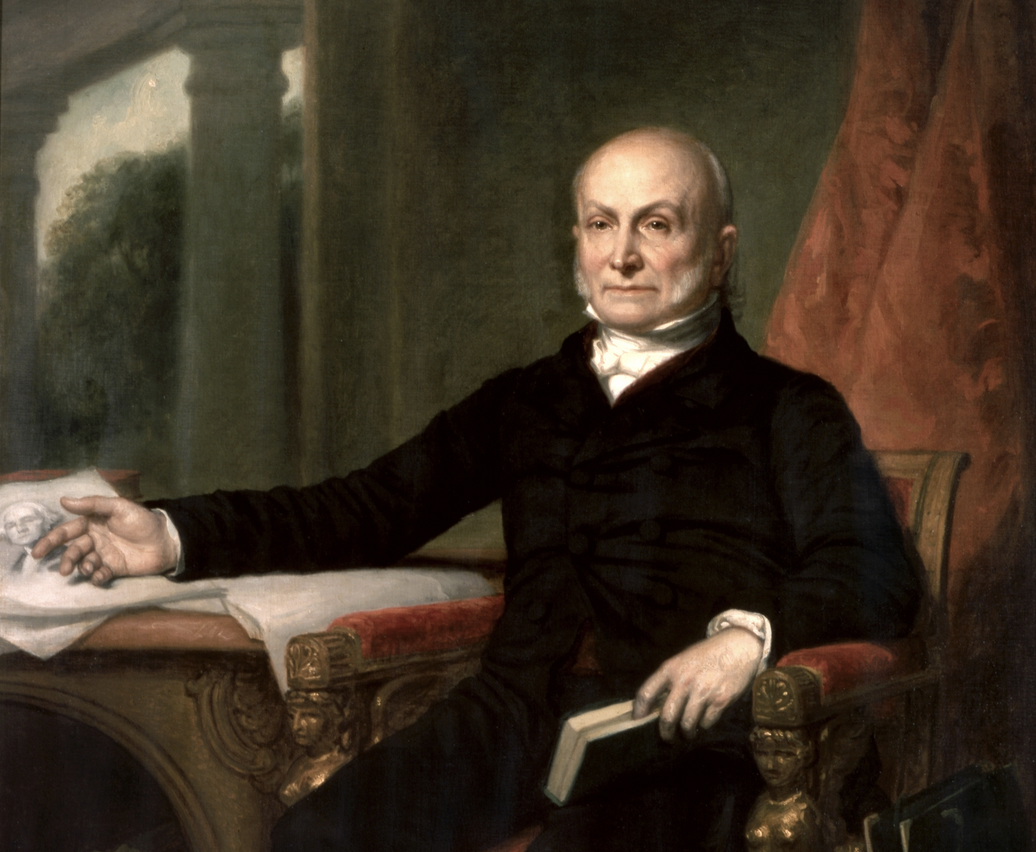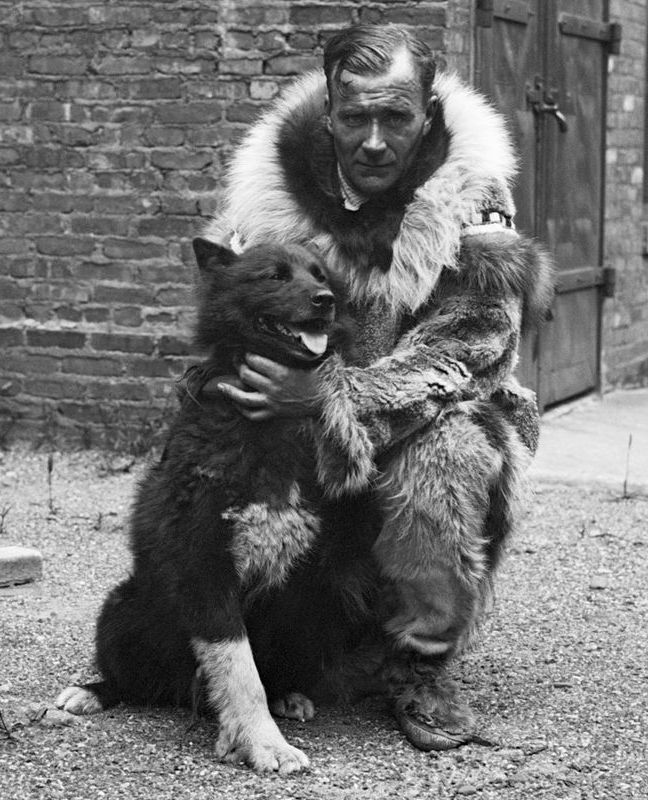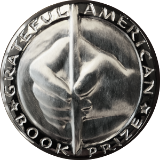February 1 — February 28, 2025
History Matters
Showing our children that their past is prelude to their future, with book recommendations.
The Election of John Quincy Adams as Sixth U.S. President, February 1825
Up until approximately 1824, the procedure to nominate a presidential candidate was complicated, but that year, eighteen of the twenty-four states decided to choose their electors from the popular vote, instead of the state legislators. Although Andrew Jackson won the tally, followed by John Quincy Adams; William Crawford; and Henry Clay, he did not get enough electoral endorsement for a victory. Weeks of political haggling followed before Clay threw his support to Adams—a “corrupt bargain” according to Jackson—but a White House win for Adams.
Snow covered Washington on February 9, 1825, as the House of Representatives convened to choose a president for the first time since 1801. Up to the last moment delegates scurried back and forth in hurried conferences; Clay called for order and the process began. Each state cast a ballot that was determined by its delegation, but a majority was required to pick the winner. Stephen Van Rensselaer of New York could swing the vote either way, but he nearly broke down under the pressure to decide. Deeply religious, Van Rensselaer bowed, prayed, and–upon looking up– saw a ballot for Adams lying on the floor before him. That “sign” made up his mind—or so the story went—and with New York in the Adams camp, the final piece fell into place. John Quincy Adams received thirteen votes to Jackson’s seven; he became the nation’s sixth president, but Jackson returned—triumphantly—four years later.
For more information about John Quincy Adams and the election of 1824, the Grateful American Book Prize recommends Randall Woods’ John Quincy Adams: A Man for the Whole People (2024).

Official portrait of Adams by George Peter Alexander Healy, c. 1858
The Serum Run to Nome, Alaska, February 1925
In February of 1925, a dog called Balto was jettisoned to an international celebrity in the remote settlement of Nome, Alaska, near the Arctic Circle. With just under 1,500 inhabitants, one doctor–Curtis Welch–and a handful of nurses, they mediated a late 1924 diphtheria epidemic that endangered children and adults in the region. Winter had choked Nome off from the outside world, with no way to bring in desperately needed diphtheria antitoxin by air, or sea. In desperation, Welch radioed the outside world for help.
To halt a potential tragedy, federal and Alaskan officials assembled a dogsled relay to cover the 674 miles from Nenana to Nome—where temperatures were colder than they had been for decades. Much of the time, blizzards reduced visibility to zero; snowdrifts exceeded ten feet, and temperatures were 60-80 degrees below zero.
Heroic mushers and their dog teams carried out the journey from January 27 to February 2, 1925; many men got severe frostbite, and animals died along the way, but the final piece of the journey, led by Norwegian-born Gunnar Kaasen with his lead dog, Balto, made it to Nome in the early morning of February 2, and saved thousands of lives. Afterwards, Balto, the five-year-old husky, went on a national celebrity tour, and greeted thousands of admirers. He was immortalized in a Central Park statue in New York—and—in numerous movies and books.
For more information about Balto and the Nome Serum Run, the Grateful American Book Prize recommends Gay Salisbury and Laney Salisbury’s The Cruelest Miles: The Heroic Story of Dogs and Men in a Race Against an Epidemic (2005).

Gunnar Kaasen with Balto, c. February 1925
Ed Lengel is an author, a speaker, and a storyteller.
History Matters is a feature courtesy of the Grateful American Book Prize, an annual award for high quality, 7th to 9th grade-level books dealing with important moments in history.




